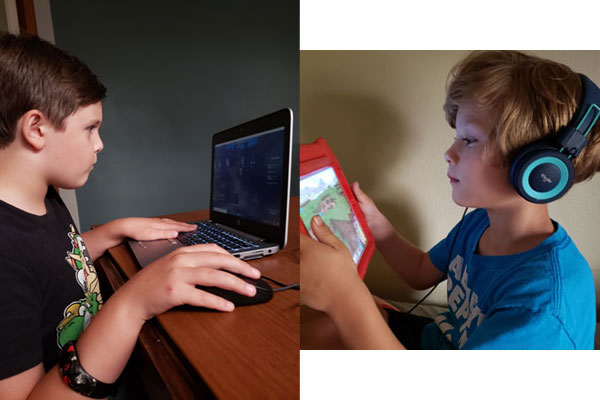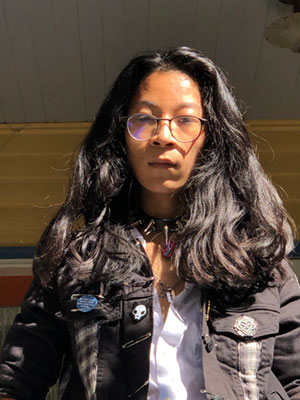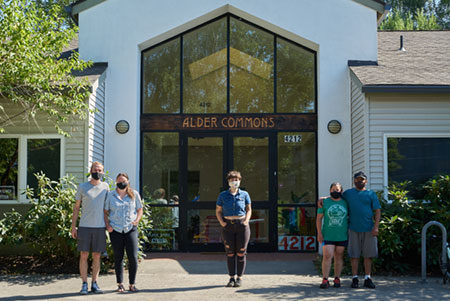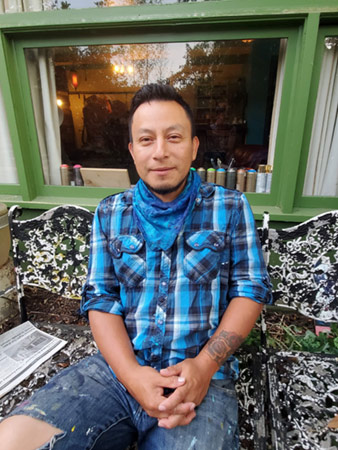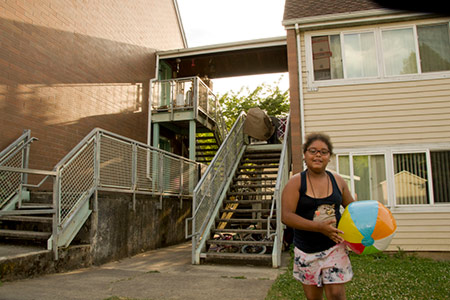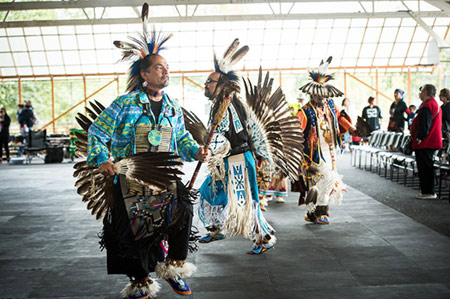The Concordia Neighborhood Association sent this letter to decision-makers, following a series of recent fatal crashes on North Portland Highway / Highway 30 Bypass:
Hwy_30_Safety_Letter_CNA-Sept_2020-signed
To date, we have only received supportive responses from Congressman Earl Blumenauer, and Metro Councilor Sam Chase. No other decision-maker has had the common decency to even reply, much less join the coalition seeking solutions for the conditions on this deadly facility.
